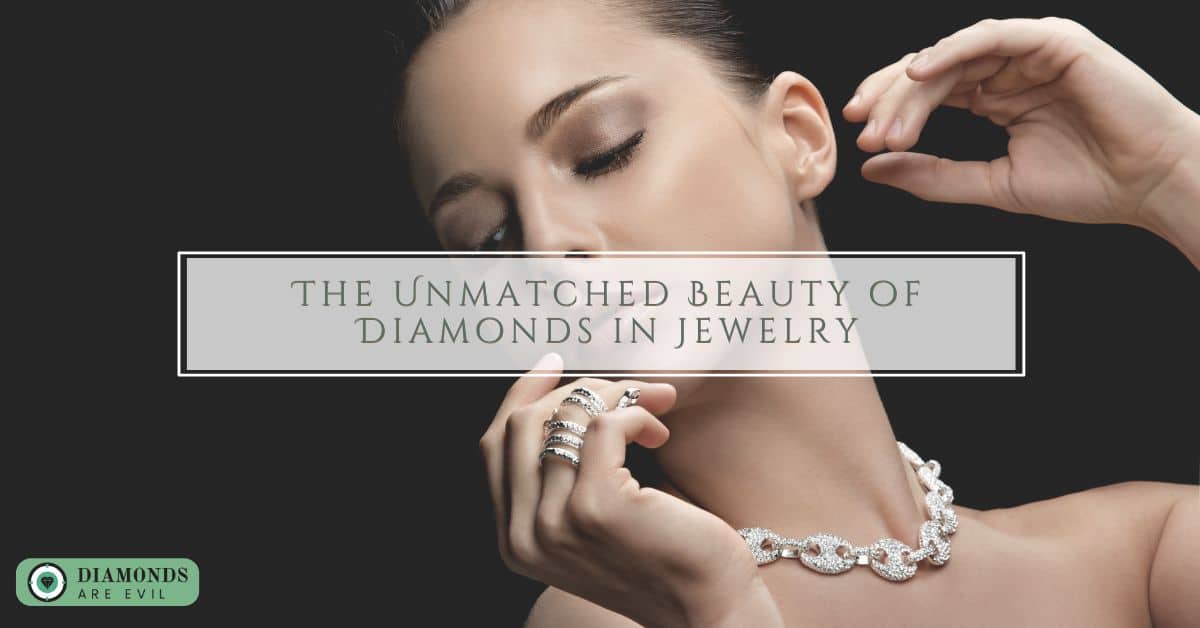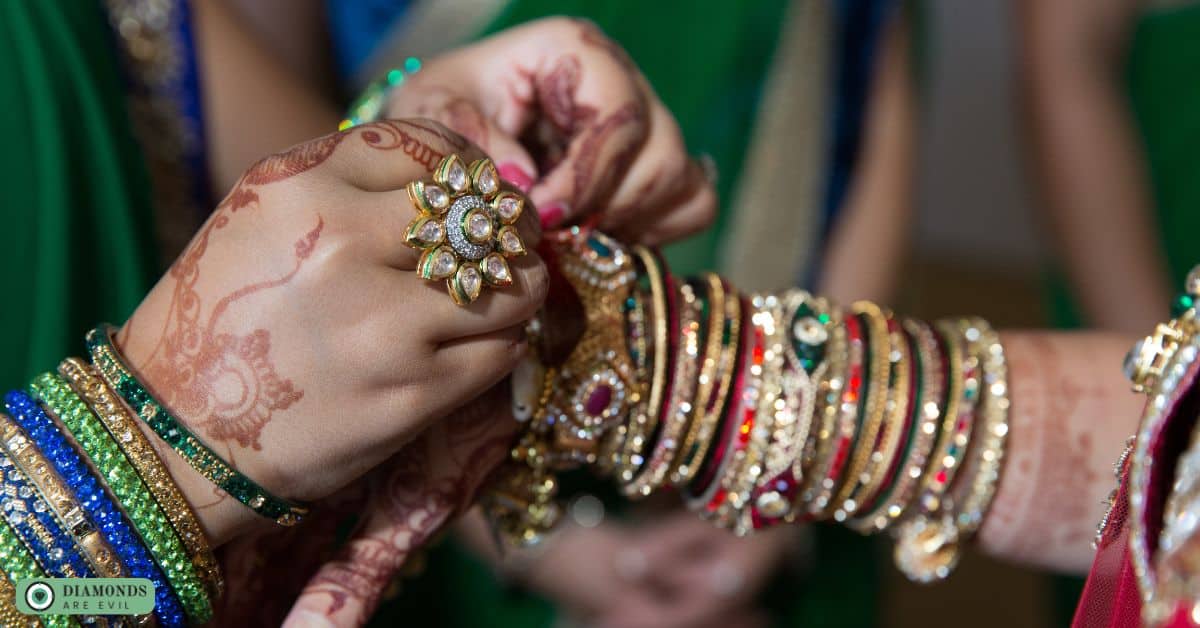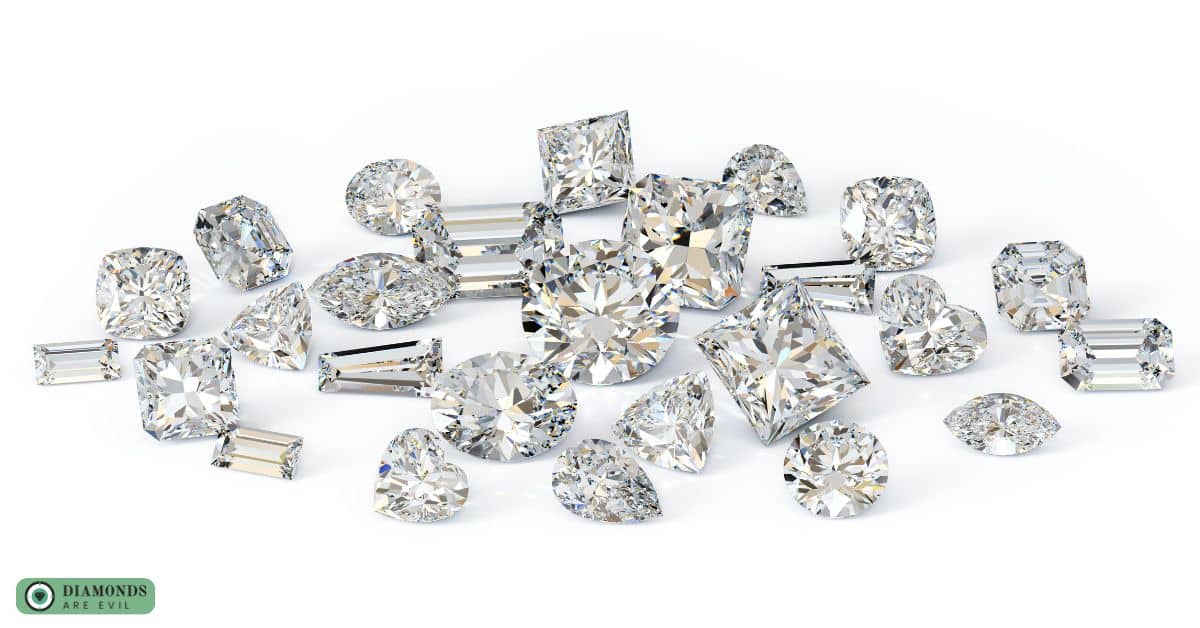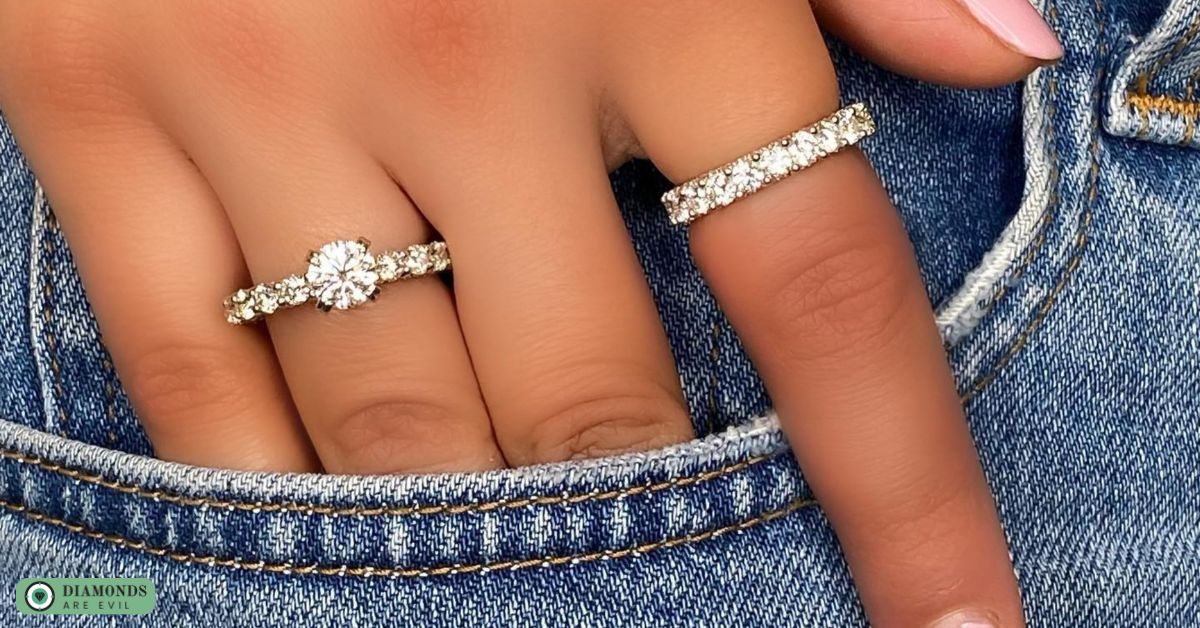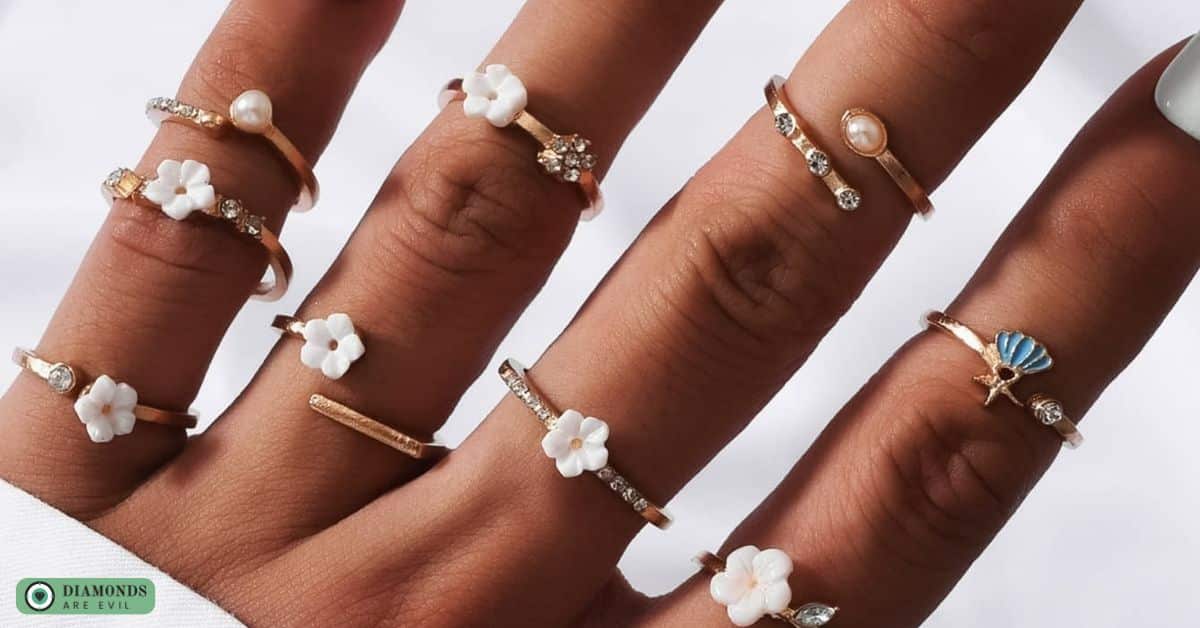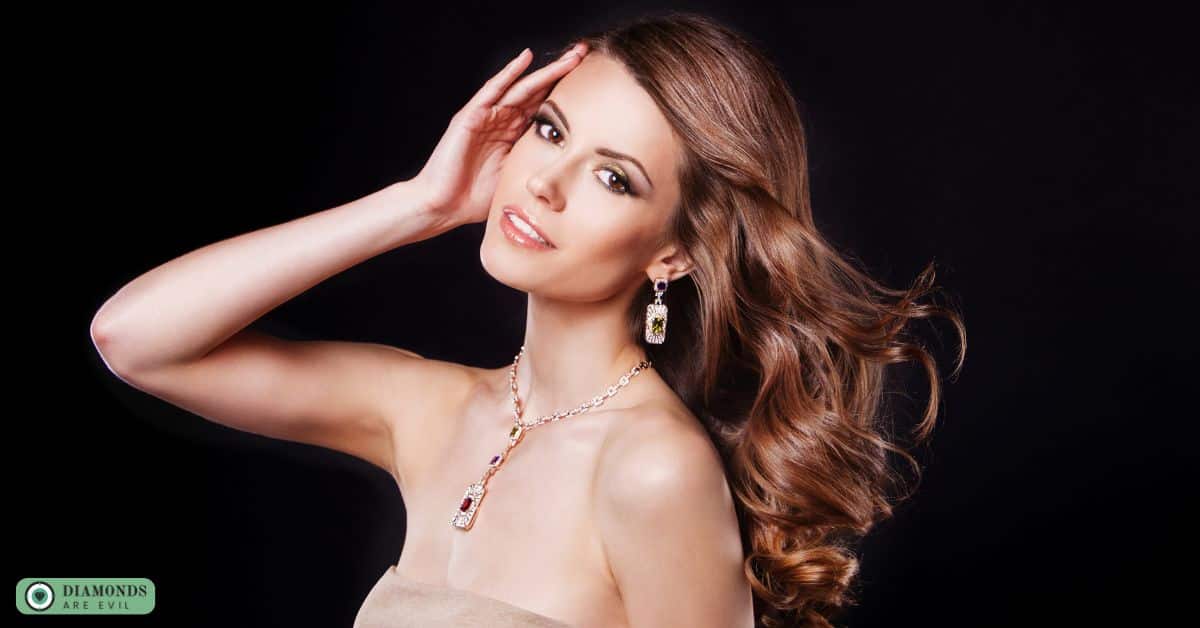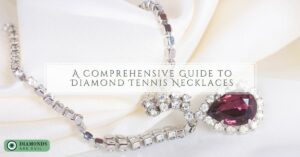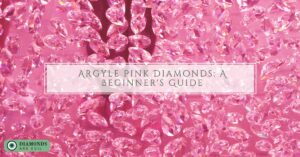Diamonds are highly valued for their natural brilliance, unmatched sparkle, and durability, making them a popular choice for jewelry. With their enduring symbol of love, commitment, and success. Diamonds are a meaningful gift that will be cherished for generations to come, making them an excellent choice for any occasion.
Diamonds are a timeless symbol of luxury, beauty, and strength. For centuries they have been used to adorn jewelry and signify love, commitment, wealth, and success. In this blog post, we will explore the unmatched beauty of diamonds in jewelry.
From their history and significance to the 4 Cs of diamond quality (cut, clarity, carat, and color) to the various types of diamond cuts and shapes and current trends in fashion and culture. We hope this post will help you gain a deeper appreciation for the timeless beauty of diamonds in jewelry!
Introduction to Diamonds in Jewelry
Diamonds have captivated the human imagination for centuries with their brilliance, rarity, and timeless beauty. They are one of the most popular and sought-after gemstones used in jewelry and are considered a symbol of luxury and status.
They are formed deep beneath the earth’s surface under high pressure and temperature and are then mined, cut, and polished to bring out their unparalleled sparkle and fire.
Diamonds are versatile and can be used in a variety of jewelry styles. From classic solitaire engagement rings to trendy stackable diamond bands, necklaces, earrings, and bracelets. They are often paired with other precious metals such as gold, platinum, and silver. As well as other gemstones such as sapphires, emeralds, and rubies, to create unique and stunning jewelry pieces.
The History and Significance of Diamonds in Jewelry
The history of diamonds in jewelry dates back thousands of years.
The Ancient Greeks and Romans believed that diamonds were tears of the gods. In India, diamonds were considered sacred and believed to have magical powers.
Diamonds were also highly prized by royalty and nobility, who used them to adorn their crowns, swords, and clothing. The use of diamonds in engagement and wedding rings dates back to 1477. When Archduke Maximilian of Austria gave a diamond ring to Mary of Burgundy, sparking a trend among European aristocracy.
In the 19th century, diamond mines in South Africa increased the availability of diamonds. The De Beers Mining Company capitalized on this with an advertising campaign that popularized the slogan “A diamond is forever.”
Today, diamonds are highly valued and sought-after for their beauty, rarity, and symbolism, and are commonly used in various types of jewelry and cultural and religious ceremonies as a symbol of love, commitment, wealth, and success.
The 4 Cs of Diamond Quality – Cut, Clarity, Carat, and Color
When it comes to diamonds, everyone wants the best of the best. But what exactly makes a diamond the best? It all boils down to the 4 Cs: Cut, Clarity, Carat, and Color.
- Cut refers to how well-proportioned and symmetrical the diamond is.
- Clarity deals with any imperfections or blemishes.
- Carat refers to the weight of the diamond.
- Color refers to the natural hue of the diamond, with the most prized being completely colorless.
All four of these factors play a crucial role in determining a diamond’s worth and overall quality. So, if you’re in the market for a stunning diamond, keep the 4 Cs in mind and you’ll be sure to select a true gem.
Types of Diamond Cuts and Shapes in Jewelry
Diamonds can be cut into a variety of shapes, each with its unique characteristics and beauty. Here are some of the most popular types of diamond cuts and shapes used in jewelry:
Round Brilliant Cut
The most popular and classic diamond cut, the round brilliant cut has 58 facets that reflect light to create maximum brilliance and sparkle.
Princess Cut
A square or rectangular-shaped diamond cut with pointed corners, the princess cut is known for its sharp angles and brilliant sparkle.
Emerald Cut
A rectangular or square-shaped diamond cut with long, narrow facets, the emerald cut is known for its elegant and sophisticated look.
Cushion Cut
A square or rectangular-shaped diamond cut with rounded corners, the cushion cut is known for its vintage and romantic feel.
Oval Cut
A longer, narrower version of the round brilliant cut, the oval cut is known for its elongating effect and delicate sparkle.
Pear Cut
A teardrop-shaped diamond cut with a pointed end and rounded bottom, the pear cut is known for its unique and elegant look.
Marquise-Cut
A boat-shaped diamond cut with pointed ends, the marquise cut is known for its elongating effect and dramatic sparkle.
Asscher Cut
A square-shaped diamond cut with step-cut facets, the Asscher cut is known for its Art Deco-inspired look and vintage feel.
Each diamond cut and shape has its unique charm and style. Choosing the right one for your jewelry piece depends on personal preference, style, and occasion.
Diamond Jewelry Trends in Fashion and Culture
Diamond jewelry has been a symbol of luxury, elegance, and beauty for centuries, and it continues to be a sought-after accessory in today’s fashion and culture. Here are some current diamond jewelry trends in fashion and culture:
Minimalist Designs
Minimalist diamond jewelry has become increasingly popular in recent years. With simple and elegant designs that emphasize the beauty of the diamonds themselves. Small diamond studs, delicate necklaces, and thin diamond bands are some of the most popular minimalist diamond jewelry pieces.
Colored Diamonds
Colored diamonds, such as pink, yellow, and blue, have been gaining popularity in recent years as a unique and stylish alternative to traditional white diamonds. These colored diamonds add a pop of color to any outfit and are often paired with other colored gemstones for a colorful and bold look.
Layering
Layering diamond jewelry has become a popular trend in recent years. With multiple necklaces, bracelets, and rings worn together to create a fashionable and personalized look. This trend allows for a mix and match of different diamond jewelry pieces, from classic to modern, to create a unique and personalized style.
Sustainable and Ethical Jewelry
As consumers become more conscious of the environmental and ethical impact of their purchases, sustainable and ethical diamond jewelry has become a growing trend. Many diamond jewelry brands now offer ethically sourced diamonds and use sustainable materials in their designs, allowing consumers to make a fashion statement while also supporting ethical and sustainable practices.
Vintage-Inspired Designs
Vintage-inspired diamond jewelry has become a popular trend, with designs inspired by the Art Deco, Victorian, and Edwardian eras. These designs often feature intricate details, filigree work, and unique diamond cuts and shapes, creating a timeless and elegant look that is perfect for special occasions.
Overall, diamond jewelry trends in fashion and culture continue to evolve and adapt to changing consumer preferences and values. From minimalist designs to vintage-inspired pieces, there is a diamond jewelry style to suit every taste and occasion.
In conclusion
Diamonds are an enduring symbol of luxury and beauty with a long history in jewelry. From classic solitaire engagement rings to trendy stackable diamond bands. There is no shortage of stunning diamond jewelry pieces to choose from.
Knowing the 4 Cs— Cut, Clarity, Carat, and Color— as well as understanding current trends in fashion and culture. Will help you pick the perfect diamond jewelry piece that is both stylish and timeless. With a bit of knowledge and research, you can find the perfect diamond jewelry piece to make your special occasion even more memorable.

